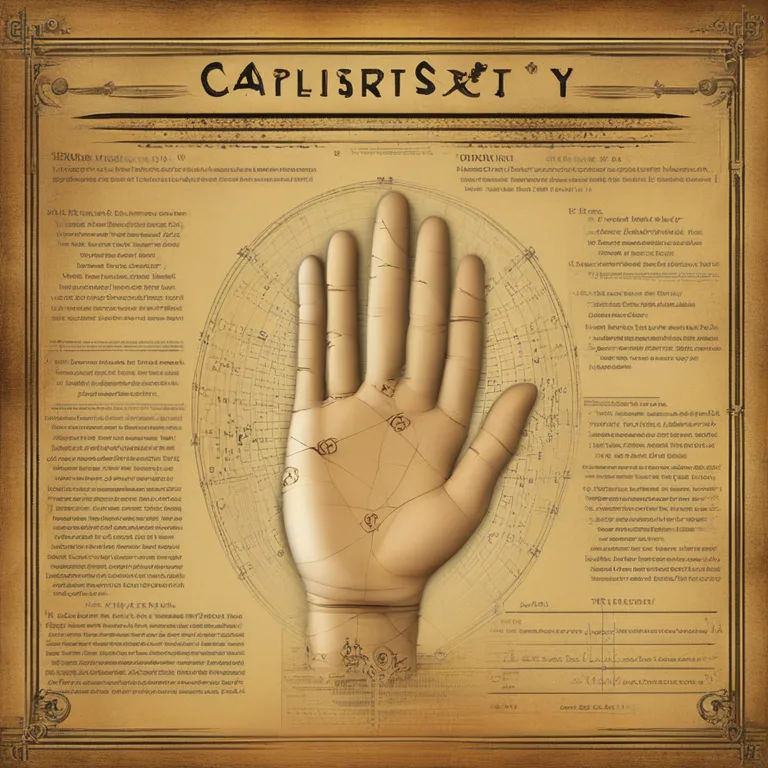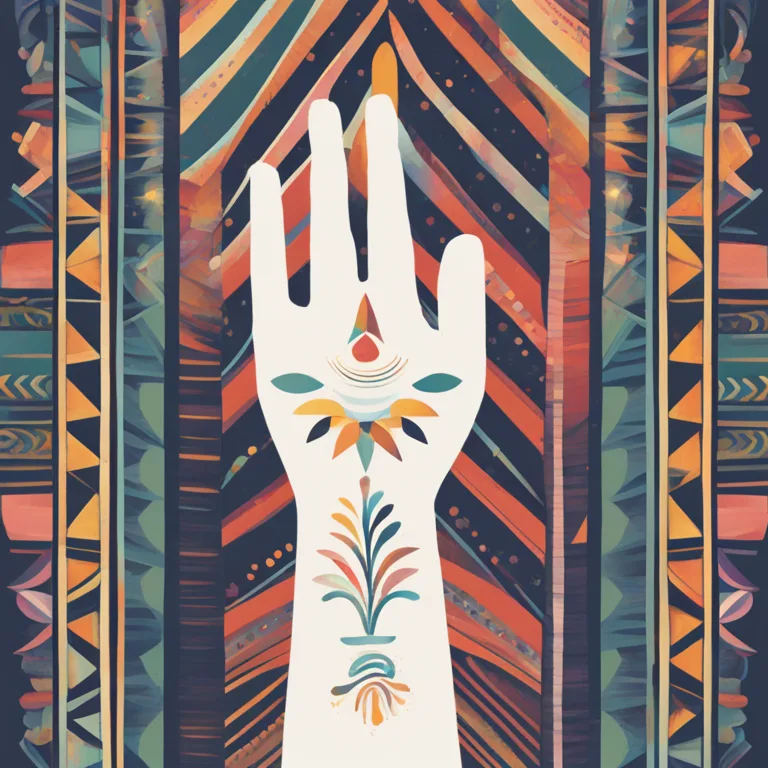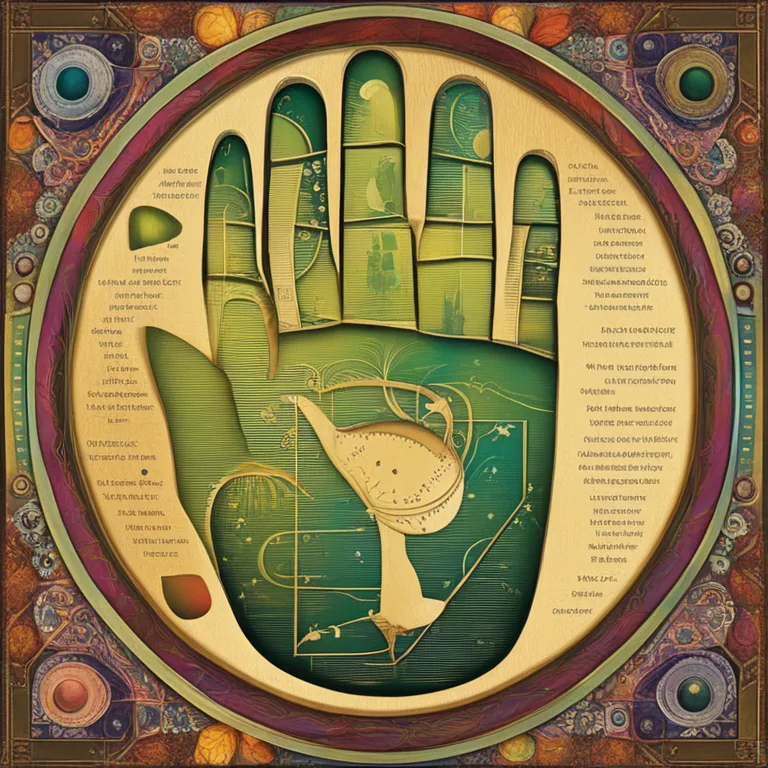
The Palm's Tale: Can Palmistry Forecast Lifespan?
Delve into the intriguing realm of palmistry to discover if the lines on your hand hold the secret to predicting life expectancy.
article by Nora Pennington
Introduction to Palmistry and Lifespan
Palmistry, or chiromancy, is an ancient practice that involves analyzing the lines, shapes, and features of the hands to foretell various aspects of an individual's life. Among the multitude of claims, the idea that palm reading can predict life expectancy is perhaps one of the most debated. The art itself dates back thousands of years, with roots in various cultural traditions. In the modern-day, while science doesn't support palmistry as a reliable tool for predictions, it continues to fascinate and attract those seeking insights into their lives.

The Heart Line and Vitality
A key feature in palmistry used to assess life aspects is the heart line. Some believe that the length and clarity of this line can reflect the person's emotional well-being and, by extension, their vitality. A long and unbroken heart line is often associated with a stable emotional life, which some palm-readers suggest correlates with better health and potentially, a longer life. However, these interpretations remain speculative and are not backed by empirical evidence.

The Life Line and Misconceptions
The life line, starting between the thumb and index finger and curving around the base of the thumb, is the most scrutinized when it comes to longevity predictions. Contrary to popular belief, a short life line does not necessarily indicate a short life just as a long life line does not guarantee longevity. Instead, traditional palmistry interprets the robustness and depth of the line as indicators of vitality and life force rather than a definitive countdown.

Scientific Viewpoint on Palmistry
From a scientific perspective, palmistry does not have a basis for predicting life expectancy. Factors such as genetics, lifestyle choices, environment, and modern medicine play a much more tangible role in determining lifespan. As of 2024, no study has conclusively proven palm reading as a reliable method for forecasting how long an individual will live. The appeal of palmistry lies more in its entertainment value and the human desire for insight into the unknown.
Psychological Impact and Placebo Effect
Regardless of its scientific validity, the psychological impacts of palmistry cannot be discounted. Those who believe in the predictions may experience a placebo effect, where their conviction in the reading can influence their mindset and behavior, possibly affecting their overall well-being. However, this subjective experience varies greatly among individuals and should not be mistaken for evidence of palmistry's ability to predict life expectancy.
Practical Applications and Ethical Considerations
Many palm readers approach their art as a way to offer guidance and insight rather than concrete predictions. It's crucial to handle any claims regarding life expectancy with sensitivity and a strong ethical grounding. Honest practitioners will emphasize that their readings are for entertainment or personal reflection, avoiding causing undue anxiety or false hope about lifespan predictions.
Conclusion and Rational Outlook
While palmistry provides a rich tapestry of lore and symbolism to explore, its capacity to predict life expectancy remains unproven and controversial. Individuals interested in palmistry should engage with it as a tool for self-discovery and reflection, acknowledging that life's length and quality are influenced by far more complex and measurable factors than the lines on one's hand.
Published: 1/5/2024
Modified: 1/5/2024
More predictions
Come back here soon to learn more about yourself and your future


The Dynamic Nature of Palm Lines
Discover the fascinating reasons behind the changing patterns of your palm lines and how they reflect the story of your life.


The Changeable Nature of Palm Lines
Discover the factors influencing the ever-changing landscape of palm lines and what these modifications could signify in palmistry.


Hand Reading: The Essence of Palmistry
Delve into the basics of palmistry, the ancient art of hand reading, and learn how it aims to reveal personality traits and life paths.